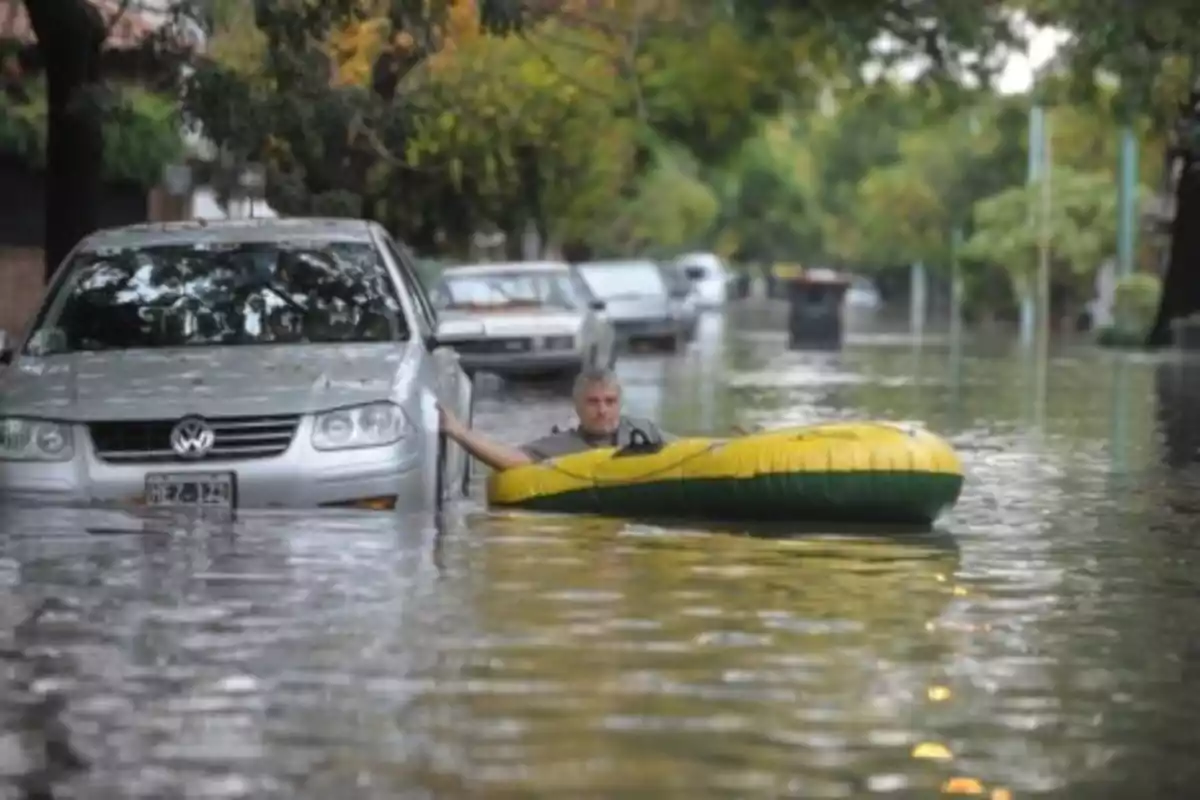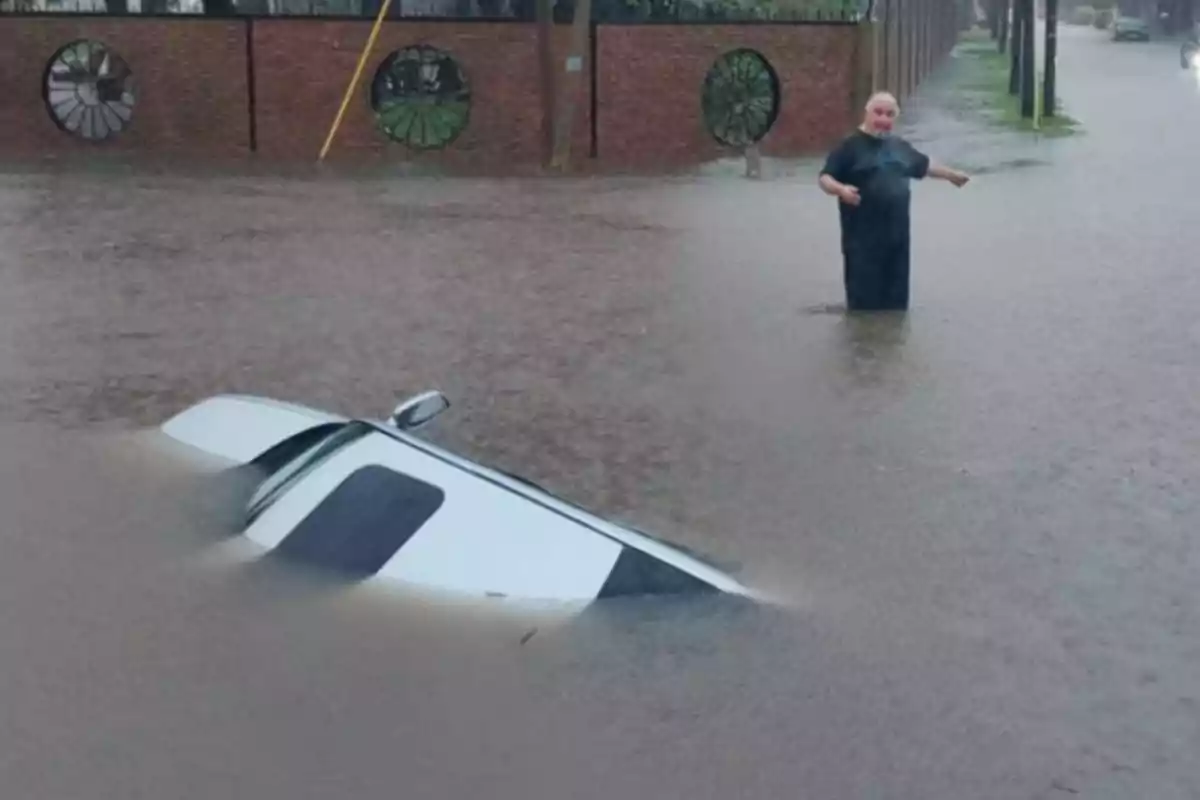
Another announced tragedy: floods are the price of 20 years of Kirchnerism
It could have been managed with basic infrastructure, but it turns into disasters due to decades of neglect
The images of these days are a repeated postcard: evacuated families, streets turned into rivers, fields underwater, roads cut off, ruined businesses.Kirchnerism, with its multiple disguises—whether under the command of Néstor, Cristina, Kicillof or any other delegate of La Cámpora—has governed the province of Buenos Aires with an iron fist since 2003. Today, the people of Buenos Aires are paying the consequences.
Meanwhile, Axel Kicillof parades with an institutional victim discourse and denounces an alleged "financial suffocation" by the National Government, thousands of people in the suburbs and the interior of Buenos Aires lose everything underwater. In Salto, there are already more than 1,800 evacuees. In Luján, the river exceeded 5 meters (16 feet 5 inches) and left the urban area flooded. Zárate, San Antonio de Areco, Campana, Mercedes, San Andrés de Giles: all with records of more than 300 mm (11.8 inches) of rain in 48 hours and without a single serious hydraulic work that has prevented the foreseeable.

It's not that these rains are unprecedented. Buenos Aires has already experienced similar tragedies. The most remembered, and still without justice, was that of La Plata in April 2013. Back then, more than 89 people officially died (although testimonies and independent media claim there were many more) after a storm that exposed the collapse of the La Plata drainage system.
At that time, the mayor was Pablo Bruera, a person close to Kirchnerism, whose management was questioned for his lack of reaction and for having publicly lied by claiming he was touring the affected neighborhoods when he was actually on vacation.
He was also pointed out for alleged irregularities in waste collection, municipal concessions, and management of public funds. Who was the president? Cristina Fernández de Kirchner. The same one who years later would feign ignorance with the victims, while the militancy went out to blame "climate change".
The truth is that during 20 yearsKirchnerism received billions in national and provincial funds. But the money never went to works, but to subsidies, clientelism, and campaigns. Of the budgets allocated to infrastructure, a good part was tendered with overpricing, outsourced to phantom companies, or directly diverted. The few works that were started remained unfinished. The comprehensive hydraulic plan of the Río Luján basin, for example, has been more than a decade of announcements and promises. Results? Zero.
But the Kirchnerist narrative always had an amazing ability to escape reality. While thousands lose everything, Kicillof convenes emergency committees with activists dressed as officials. The province has no reservoirs, no cleaning of streams, no relief channels. Where are the drainage pumps? Where is the hydraulic investment? Where are the sewers? Nowhere. What there is, is marketing, posters, and banners celebrating supposed social achievements while neighbors rescue furniture with water up to their necks.

María Eugenia VidalNaciónCristinaSenate
Kirchnerismthe rains "have no ideology."
The Province of Buenos Aires doesn't need more emergency committees or empty promises. It needs works. It needs transparency. And above all, it needs Kirchnerism to never return.
More posts: